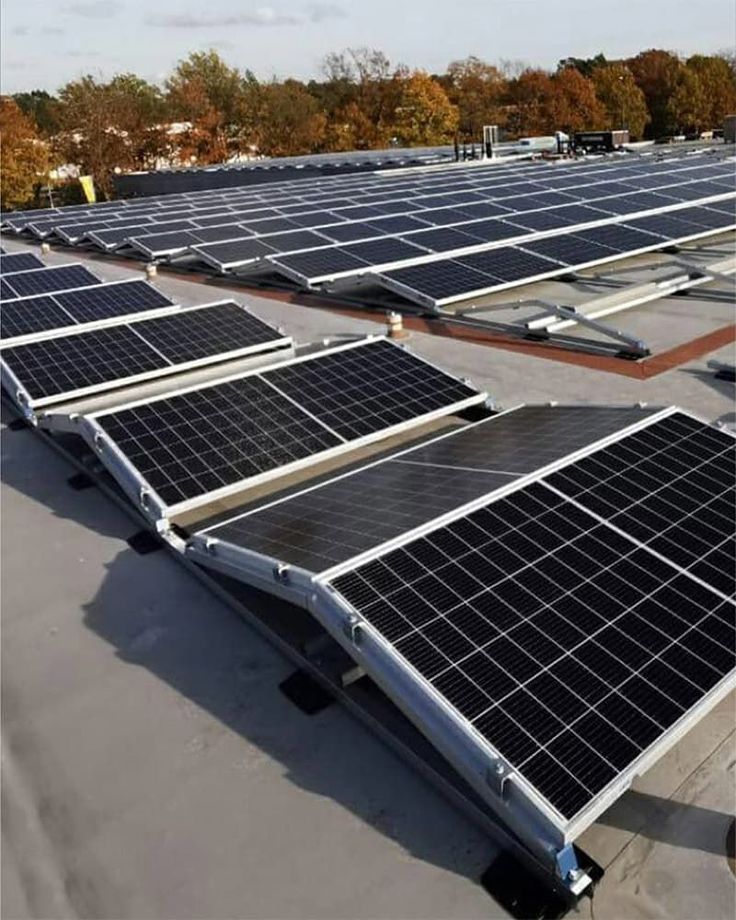Installing a hybrid inverter is a crucial step in setting up a modern home solar power system, especially one that incorporates battery storage. While the benefits of these intelligent energy managers are clear—from optimizing power flow to providing backup during outages—the installation process itself involves several key considerations. Understanding these aspects will help ensure a smooth, safe, and efficient setup for your home’s energy future.
1. Professional Installation is Essential
Unlike some DIY home projects, installing a hybrid inverter is a complex task that should always be handled by certified professionals. This is not only for safety reasons but also to ensure optimal performance and compliance with local electrical codes and utility regulations.
- Safety: Working with high-voltage electrical systems carries significant risks. Licensed electricians and solar installers have the expertise and equipment to perform the installation safely.
- Expertise: Hybrid inverters are sophisticated devices that require precise wiring, configuration, and integration with solar panels, batteries, and the utility grid. Professionals ensure all components work seamlessly together.
- Compliance: Local building codes, electrical codes, and utility interconnection requirements must be met. A professional installer will handle all necessary permits and inspections, ensuring your system is compliant and eligible for any incentives.
2. Site Assessment and Placement
Before installation begins, a thorough site assessment is critical to determine the best location for your hybrid inverter.
- Location: Hybrid inverters, like most electronic equipment, operate best in cool, dry, and well-ventilated areas. Common locations include garages, utility rooms, or basements. Avoid direct sunlight or areas prone to extreme temperatures or moisture.
- Accessibility: The inverter should be easily accessible for maintenance, monitoring, and any future upgrades.
- Proximity to Components: While not always possible, placing the inverter closer to your solar panels, battery bank, and main electrical panel can minimize wiring runs, reduce voltage drop, and potentially improve overall system efficiency.
3. Compatibility with Other System Components
A hybrid inverter acts as the central hub, so its compatibility with other parts of your solar system is paramount.
- Solar Panels: Ensure the inverter’s voltage and current specifications match your solar panel array. Hybrid inverters often come with multiple Maximum Power Point Trackers (MPPTs) to accommodate different solar panel strings or orientations.
- Battery Storage: This is a critical compatibility point. Hybrid inverters are designed to work with specific battery chemistries (e.g., lithium-ion) and voltage ranges. Always verify that your chosen inverter is compatible with your battery bank to ensure efficient charging, discharging, and overall battery health.
- Electrical Panel: Your home’s main electrical service panel must have sufficient capacity to handle the inverter’s output and integrate seamlessly with your home’s existing wiring. An upgrade might be necessary.
4. Understanding Wiring and Connections
The wiring involved in a hybrid inverter setup is more intricate than a traditional solar-only system due to its multi-source management.
- DC Wiring: Connects solar panels to the inverter.
- AC Wiring: Connects the inverter to your home’s electrical panel and the utility grid.
- Battery Wiring: Connects the inverter to the battery bank, facilitating bidirectional power flow.
- Critical Load Panel (Optional but Recommended): For backup power, a separate critical load subpanel is often installed. This allows you to designate essential appliances (like refrigerators, lights, and medical devices) that will continue to receive power from your battery during an outage, rather than attempting to power your entire home.
5. Configuration and Monitoring Setup
Once the physical installation is complete, the inverter needs to be configured and its monitoring system set up.
- Programming: The inverter’s settings will be programmed to optimize energy flow based on your preferences, such as prioritizing self-consumption, grid export, or battery charging strategies (e.g., time-of-use optimization).
- Monitoring System: Most hybrid inverters come with a dedicated app or web portal for real-time monitoring. Your installer will help you set this up, allowing you to track energy production, consumption, battery status, and system performance. This is vital for ensuring your system is operating efficiently and for identifying any potential issues.
6. Permits and Utility Interconnection
Before your system can go live, it must pass inspections and be approved by your local utility.
- Permitting: Your installer will typically handle obtaining all necessary electrical and building permits from your local authorities.
- Utility Interconnection Agreement: For grid-tied hybrid systems, you’ll need to sign an interconnection agreement with your utility company. This outlines the terms for connecting your system to the grid and often includes details about net metering or other compensation programs.
By being aware of these key aspects of hybrid inverter installation, homeowners can work more effectively with their solar professionals, ensuring a robust, reliable, and high-performing solar power system for years to come.


